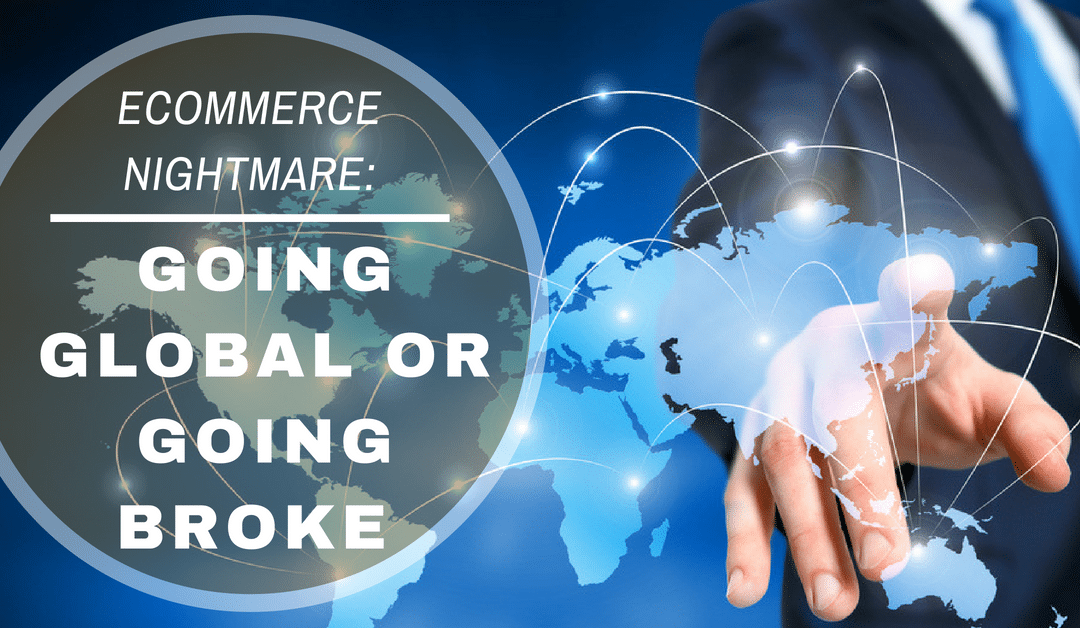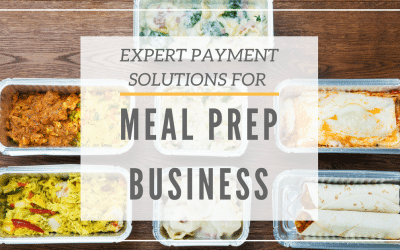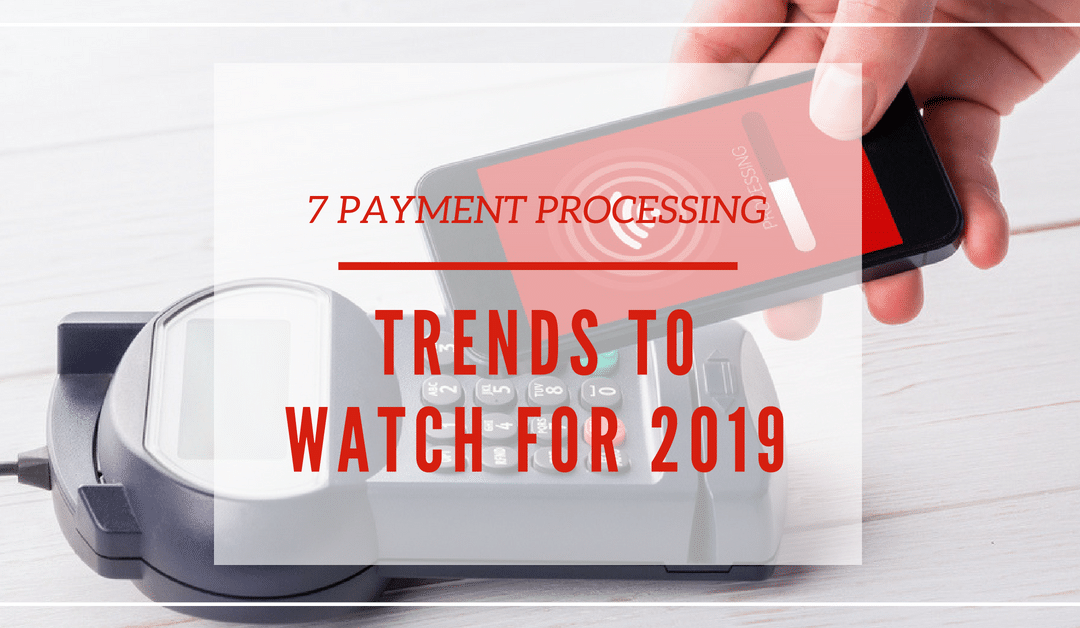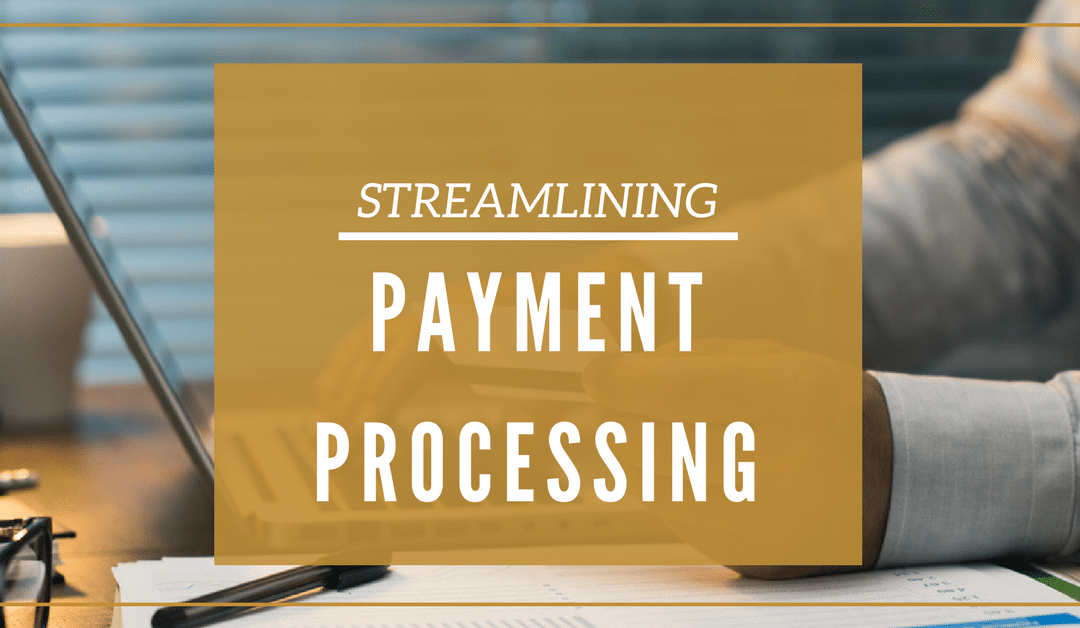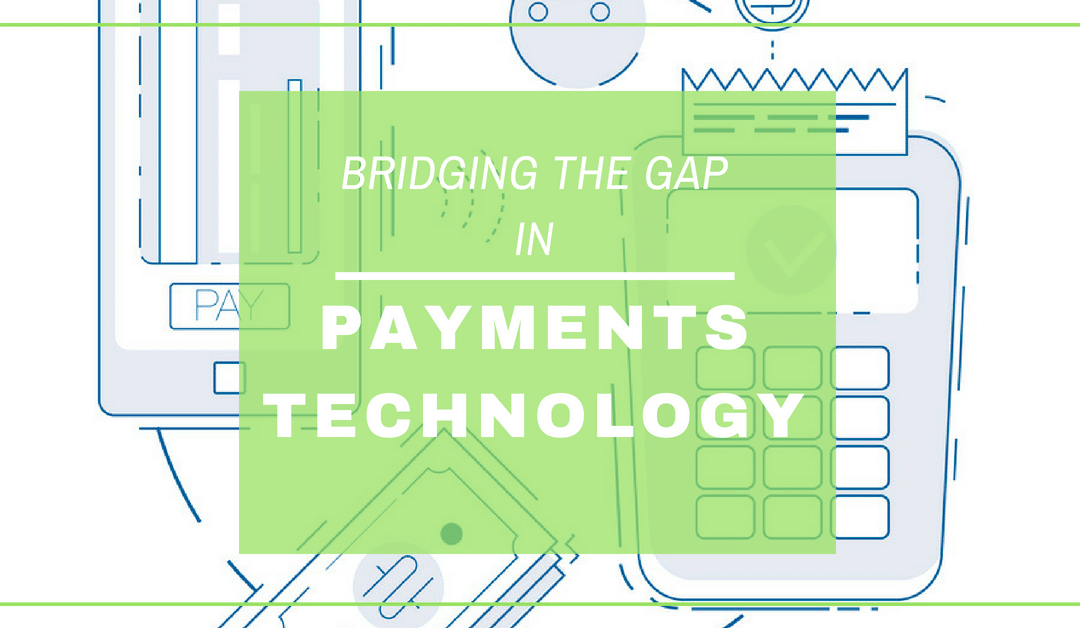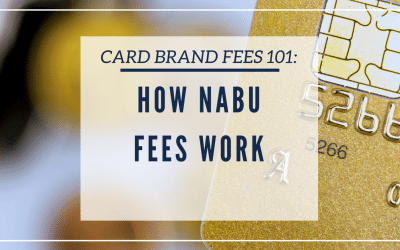International expansion is the dream of many an ecommerce merchant, but that dream can quickly turn into an ecommerce nightmare if you’re not careful. Oversights can quickly turn to obstacles when it comes to overseas expansion. Maybe your customers are complaining they aren’t receiving their product, or you’re receiving bewildering notices about unpaid taxes, or even just a high rate of abandoned conversions. A fairytale of international expansion can rapidly turn into a horror show if merchants aren’t carefully prepared to scale overseas. While launching international sites is an admirable goal, it can cost you big if you aren’t prepared.
Of course, that doesn’t mean you shouldn’t do it. It’s simply important to be prepared for what’s in store. To that end, here’s a merchant’s guide on what not to do when expanding internationally. To avoid an ecommerce nightmare, read on!
Don’t Neglect to Research Local Payment Preferences
This might seem like a no-brainer. Of course you’ll accept international credit cards, right? But a would-be international merchant should be attuned to unique regional preferences. Different countries have different payment preferences. Some regions prefer e-wallets, debit cards, mobile payments or even cash on delivery over credit cards. If your payment processor doesn’t offer customers their preferred payment method, you’ll be looking at a lot of abandoned e-shopping carts. And it’s worth understanding cross-border fees so you don’t have any nasty fiscal surprises.
Don’t Forget Local Taxes
This is one of those things that might slip through the cracks when a merchant is focused on international expansion, but it’s one of the quickest ways to create an ecommerce nightmare out of your global expansion. For example, Brazil has a staggering seven different (and cumulative) income taxes. Preventing this kind of ecommerce nightmare is as simple as consulting with local experts. Someone who can guide you through the taxes and tariffs involved in the country in question will help facilitate a smooth launch. (A good accountant or lawyer won’t hurt here either.)
Don’t Skimp on Security
International customers will already be wary of buying from a foreign merchant online. Not taking precautions against data breaches is a surefire way to drive away would-be customers — and that’s only half the battle. You have to make it clear to international customers that their data is safe. There are a few ways of doing this. One is as simple as clearly describing the data security measures in place so customers will understand how you are keeping their payment data safe. Another way to foster feelings of security in international customers is to ensure your payment page is fully integrated on your site. A seamless transaction reassures customers and will help build loyalty — a must for successful international expansion. A good payment provider will be able to help integrate a secure payment gateway on your site.
Do Your Due Diligence
Global expansion is a great dream, but it’s one that take a lot of work to achieve successfully. A good chunk of that work should be research into your proposed market. There are plenty of local quirks that can quickly become huge stumbling blocks. Chinese websites are subject to dizzying amounts of red tape, while Latin American countries might eat up a shocking of the cost of sold merchandise with transportation costs. An ounce of prevention is worth a pound of cure, and online businesses already shouldn’t take many chances. There’s no shortcut: if you want to prevent an ecommerce nightmare, do your research.
Conclusion
There’s no question that there are plenty of things that can go wrong when merchants decide to turn to international markets. However, having an ecommerce business means that this kind of expansion isn’t impossible. In fact, with diligent research, following proper procedures, and a merchant account provider that understands the challenges of international expansion, going global is more possible than ever before. Expanding abroad doesn’t have to be an ecommerce nightmare. With the right preparation – and a great payment processing partner – your dream of going global can come true
